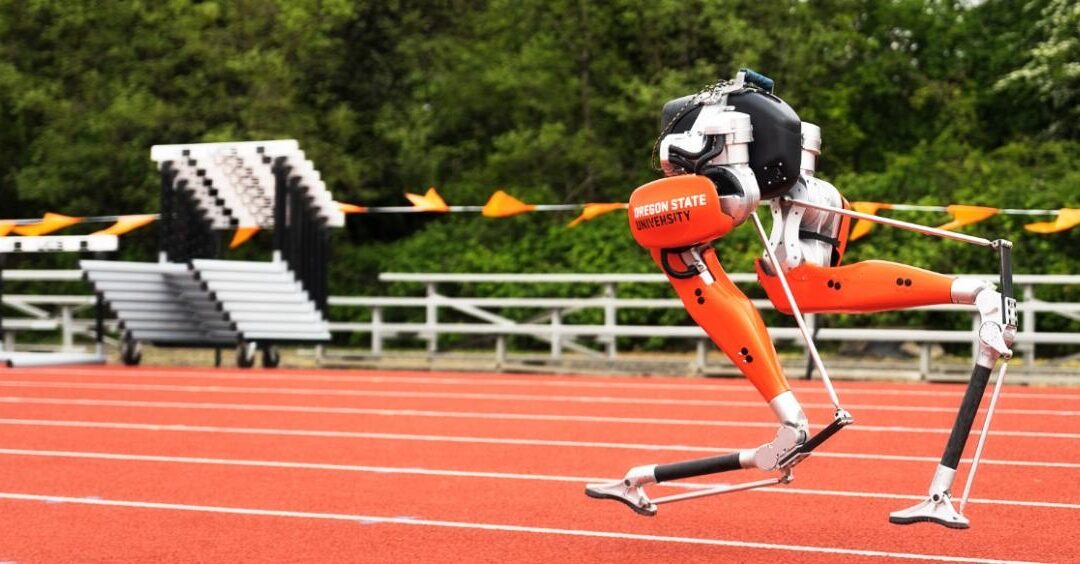PORTLAND, Ore. (KOIN) — Can you outrun a machine? Oregon State University’s very own Cassie just broke the Guinness World Record for the fastest 100 meters by a bipedal robot.
Before Cassie’s introduction in 2017, OSU received a 16-month, $1 million grant from Defense Advanced Research Projects Agency to fund the project.
The two-legged robot was developed under the leadership of robotics professor Jonathan Hurst, invented at the OSU College of Engineering and created by spinout company Agility Robotics.
OSU students, in partnership with artificial intelligence professor Alan Fern and financed by the National Science Foundation and DARPA Machine Common Sense program, have researched machine learning options through Cassie for the past few years.
Although Cassie made history with her 100-meter dash in just 24.73 seconds, this isn’t its first race. In 2021, the robot completed a 5-kilometer run in about 53 minutes on a single battery charge.
“We have been building the understanding to achieve this world record over the past several years, running a 5K and also going up and down stairs,” graduate student Devin Crowley said. Crowley was the driving force behind the Guinness effort. “Machine learning approaches have long been used for pattern recognition, such as image recognition, but generating control behaviors for robots is new and different.”
OSU’s robot has ostrich-like knees and moves without the help of cameras or external sensors.
One obstacle for Cassie was being able to start and stop the sprint in a standing position without falling. Fern compared this to how taking off and landing a plane can be more challenging than actually flying it.
Ultimately, Cassie achieved an accomplishment that no other robot has yet.
“This may be the first bipedal robot to learn to run, but it won’t be the last,” Hurst said. “I believe control approaches like this are going to be a huge part of the future of robotics. The exciting part of this race is the potential. Using learned policies for robot control is a very new field, and this 100-meter dash is showing better performance than other control methods. I think progress is going to accelerate from here.”

